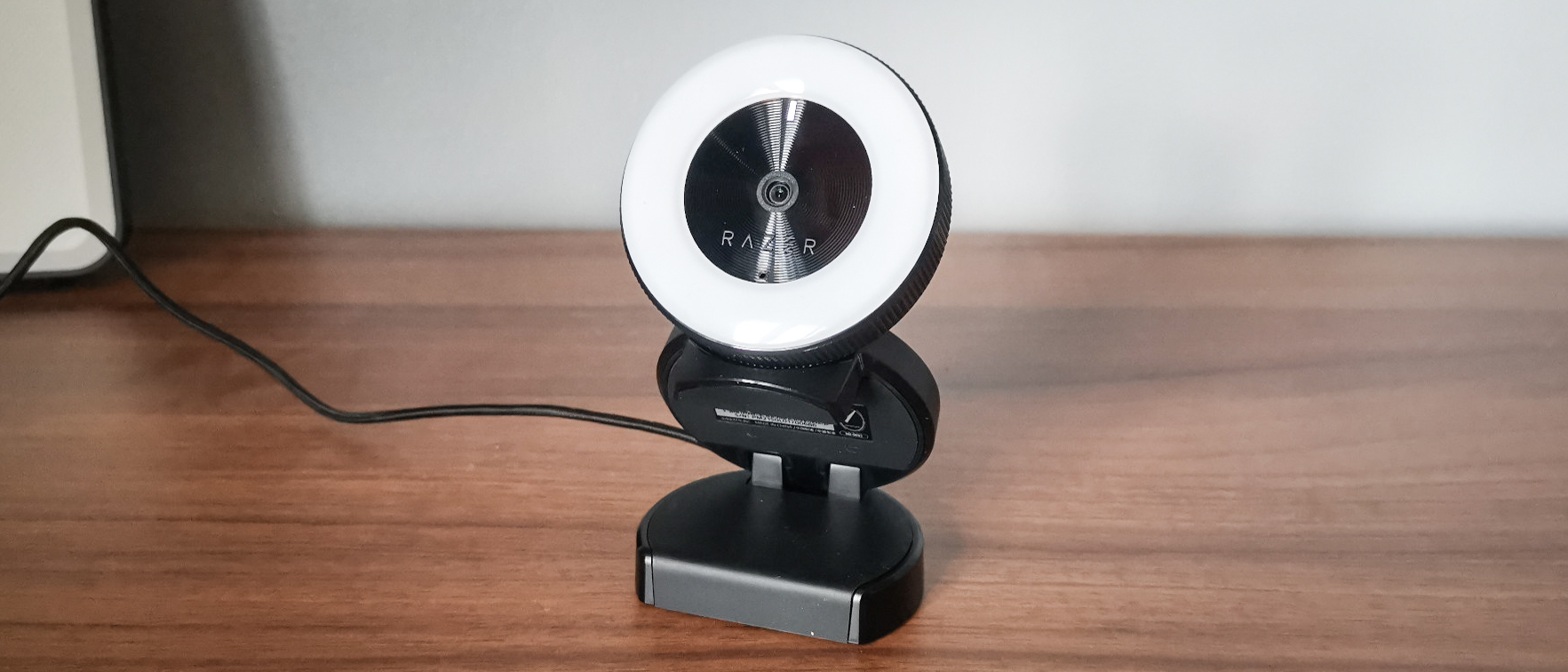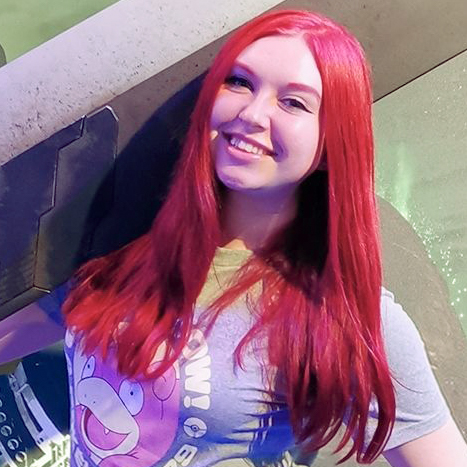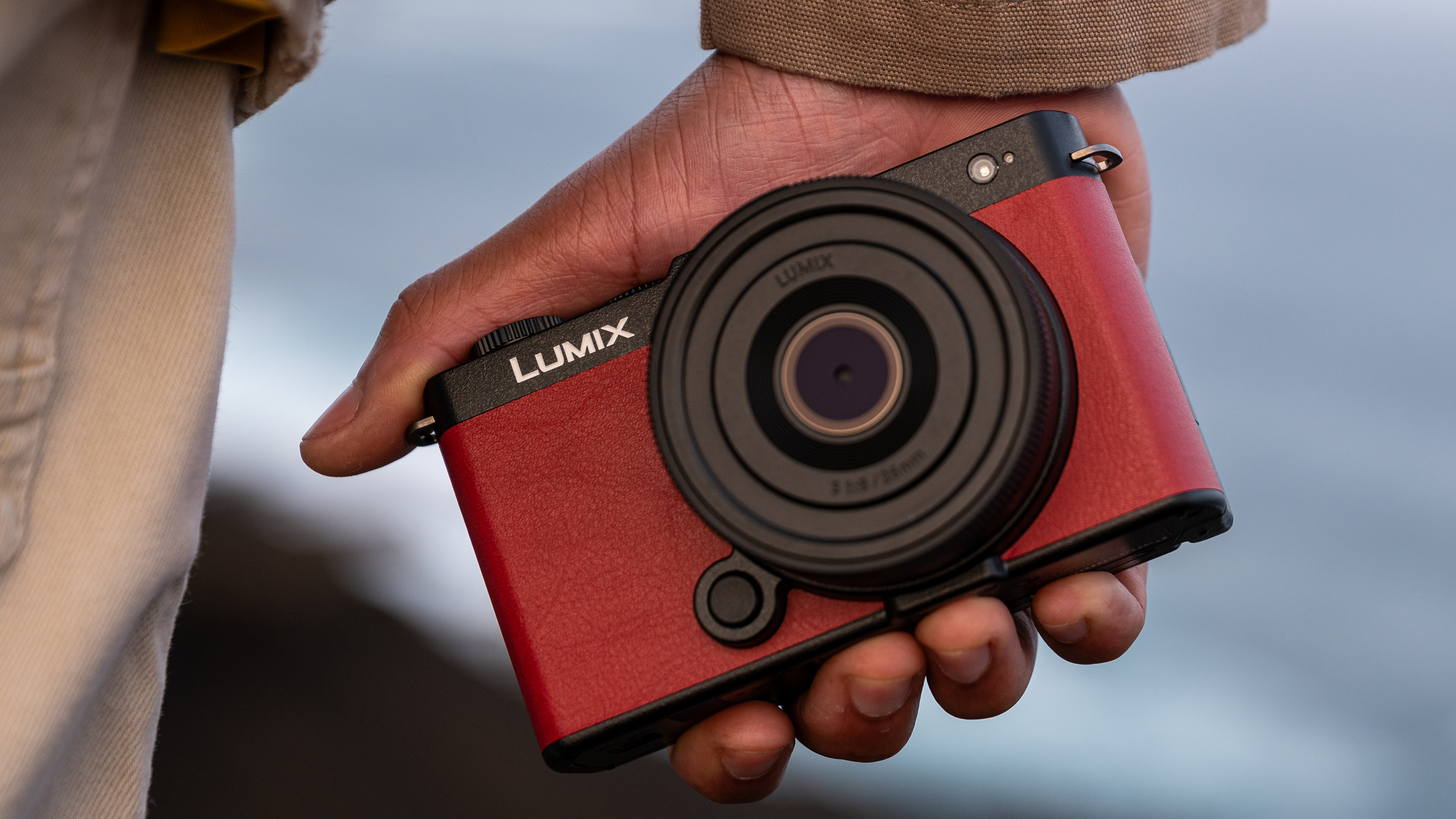Digital Camera World Verdict
While it’s been on the market for half a decade now, the original Razer Kiyo webcam is still a very capable piece of broadcasting equipment, especially if you’re restricted on space to set up additional lighting. You get the choice between 1080p at 30FPS, or a smoother 720p at 60FPS which makes it suitable not just for streaming games on Twitch or YouTube, but everyday use on Zoom or Microsoft Teams too. At $99 / £99 there are better options available these days, but if you can grab one in a sale, you won’t be disappointed.
Pros
- +
Innovative adjustable ring light
- +
Great image quality
- +
60 FPS at 720p
Cons
- -
Ring light hurts sensitive eyes
- -
Microphone quality is poor
Why you can trust Digital Camera World
Even some of the best webcams on the market can struggle in low-light conditions, which often results in a lot of background noise. A quick fix would be to situate yourself next to a window or an artificial light source, but the Razer Kiyo webcam instead offers a rather innovative solution - why not build a ring light directly onto the camera?
When it was first released back in 2017, this was a feature unique to the Razer Kiyo, and its success has resulted in a sea of cheap webcams across third-party retailers such as eBay and Amazon also adopting some form of a built-in light. It was also one of the first webcams to target streamers as its main market, even branding a ‘Streamer Certified’ badge on the box (though this is something ‘awarded’ by Razer itself, so take that with a pinch of salt).
Does the Razer Kiyo hold up after all this time? There are a few pros and cons, but essentially - yes. With the capability to switch between 1080p at 30FPS or 720p at 60FPS, this is a webcam that shouldn’t just be on the radar of gamers and content creators, especially as its age means it's easy to find at a discount these days.
Razer Kiyo: specifications
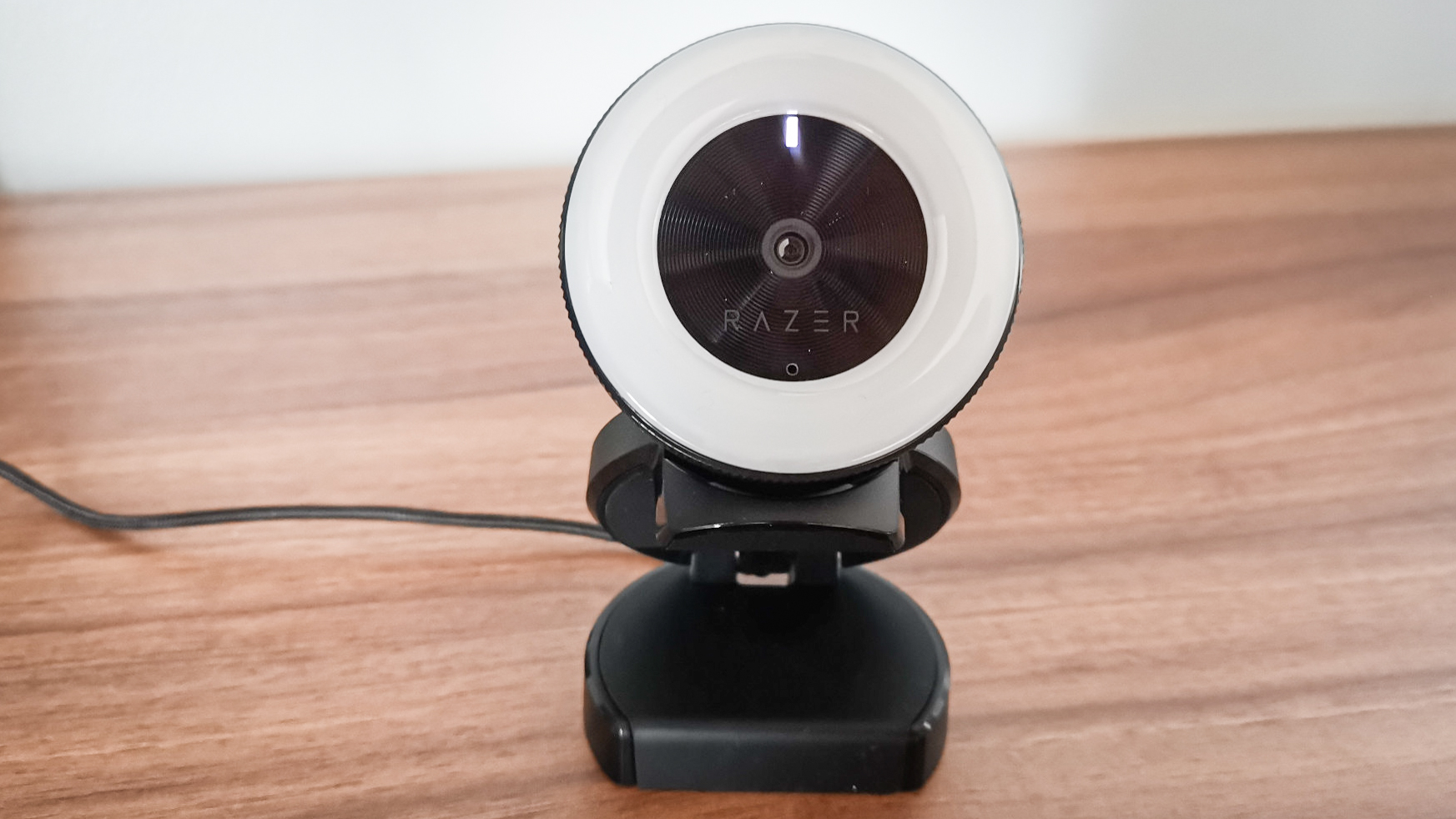
Resolution: 1080p / 720p / 480p / 360p
Field of view: 81.6 degrees
Frame rate: 60 FPS (at 720p) / 30 FPS
Digital zoom: Yes (unspecified)
Inbuilt microphone: Yes
Autofocus: Yes
Privacy cover: No
Connection: USB-A 2.0
Key features
The main feature of the Kiyo Pro is without a doubt the built-in ring light, which results in an eyecatching and unique design. You can increase the brightness by twisting the body of the camera in a clockwise motion, and decrease it by twisting anti-clockwise, and at its brightest, the light is actually rather piercing to look into. This means that while it was designed for use in low-lit environments, you might want to switch on a few other lamps in the room to reduce the strain on your eyes.
You also can’t change the hue of the light itself between warm or cool settings like you can with some dedicated ring lights and softboxes, which might be a pain for folks who like to keep their light source looking natural, but it does help to keep footage sharp and reduce the fuzzy static of background noise.
While other webcams in the Razer product family can be managed by Razer Synapse, the brand's proprietary control hub, the Razer Kiyo is plug-and-play, which was apparently an intentional decision to make it easier to operate.
Luckily that doesn’t mean that the webcam has been omitted from the app, so you can still download it to make some adjustments to FOV, brightness, contrast levels and more which is a blessing as there is no manual zoom on the Kiyo itself.
Build and handling
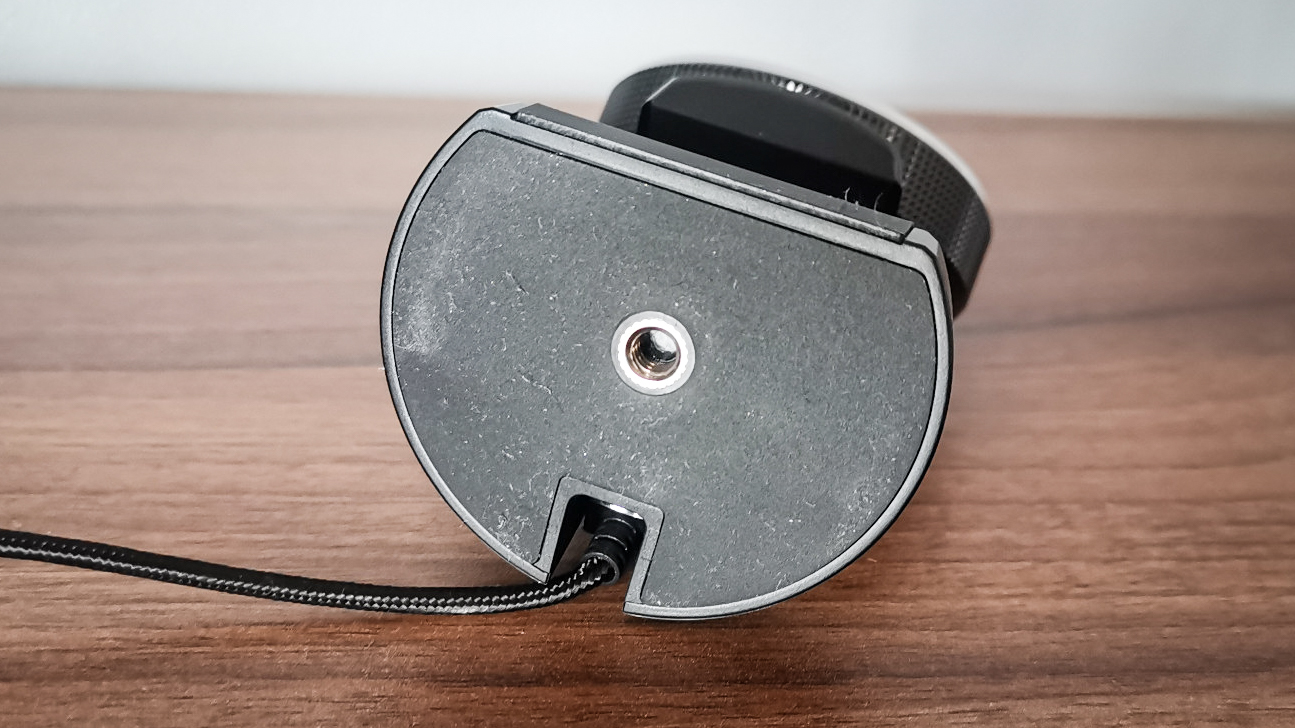
The Razer Kiyo looks more like the lens of a typical DSLR camera than other webcams on the market such as the Logitech Brio, which typically have a more bar-shaped design. The ring light function necessitates this, but it doesn’t feel unwieldy or distracting when the lights are off given It only weighs around 7 ounces / 200g, with dimensions of 3.66 x 5.08 x 1.06-inches / 6.9 x 6.9 x 4.8 cm.
You have the option of placing the Razer Kiyo on either your screen or monitor, or attaching it to a tripod thanks to the standard thread located on the rear of the stand. This L-shaped mount can also allow you to desk-mount the webcam, but this results in a rather unflattering angle so we would suggest you find a higher point to place the webcam.
A small nuisance is the 4.9ft / 1.5m braided USB 2.0 cable as this is a smidge shorter than some of its competitor's offerings such as the Logitech C920 which measures 6ft / 1.8m, though this will only be an issue if you need to broadcast some distance away from your desktop or laptop.
The cable also isn’t detachable as it is with more recently released webcams like the Razer Kiyo Pro, so you can’t quickly switch between peripherals if you’re restricted on ports. Still, the actual design is stunning and has certainly become something of a status symbol for entry-level streamers who are not yet ready to make the leap into a full camera setup.
Performance
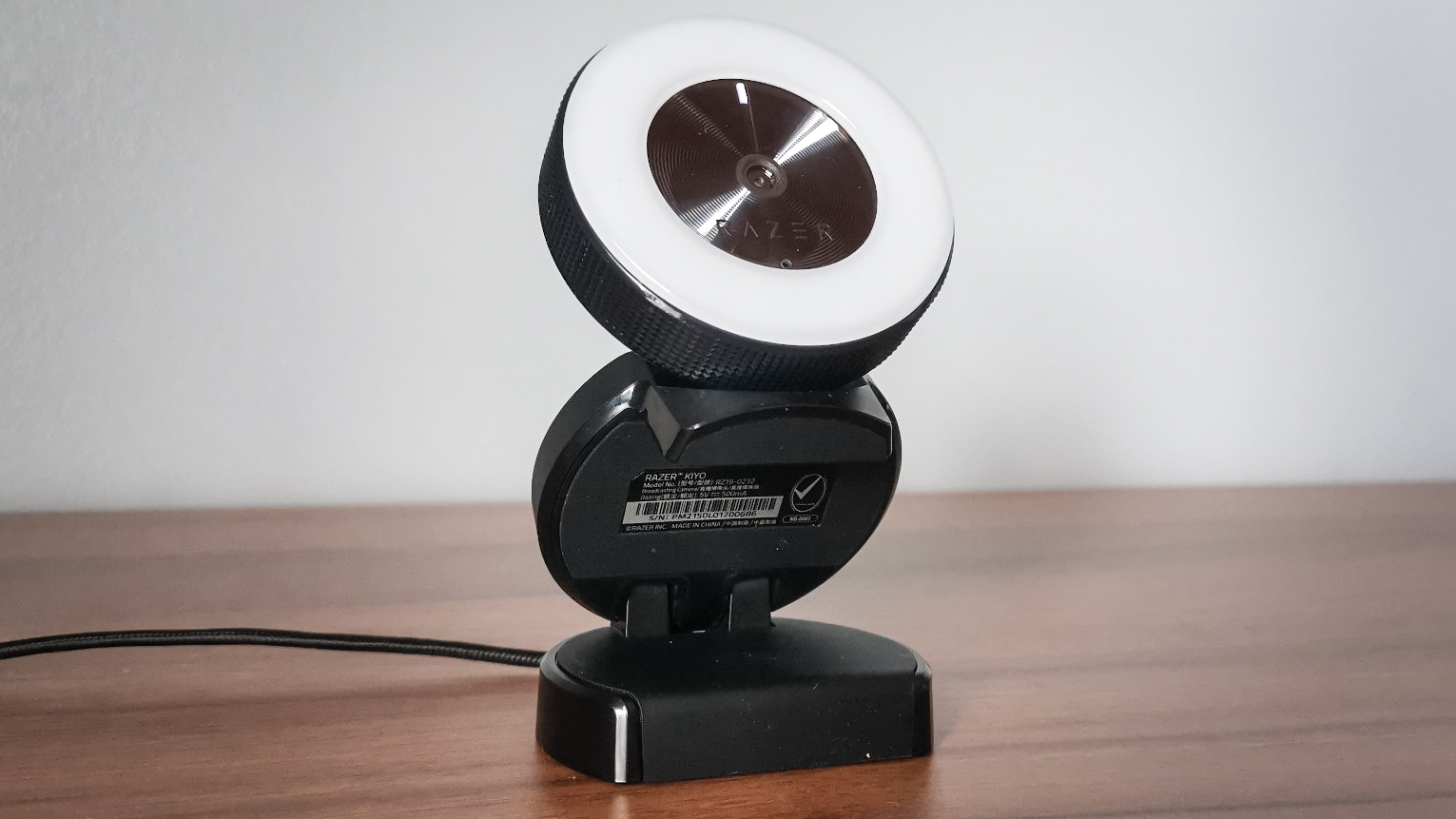
The Razer Kiyo’s autofocus lens has an 81.6-degree field of view which can comfortably fit two people in frame, and its sensor has a still image resolution of 2,688 by 1,520 pixels. Video capture is limited to either 1080p at 30FPS, or 720p at 60FPS which might fee a little dated where many premium streaming webcams can now offer 1080p at 60FPS, but you’d be surprised how little difference that will make if you’ll only be seen in a small window during a livestream.
On platforms where you might be viewed in a larger window, its also important to remember that platforms such as Google Meets cap your output resolution to 720p anyway, so even if you did invest in an expensive, professional webcam, you might be restricted by your own virtual meeting software.
Even with the ring light, the Razer Kiyo is noticeably darker than the Logitech C920, though that light does seem to help remove a lot of the background noise from the image. Video footage is also consistently smooth even in low-lit rooms so the sensor doesn’t appear to have a hard time, which makes this a fantastic choice for folks who need a camera they can use mostly at night.
The biggest letdown is the built-in microphone, as while the video footage still holds up, the audio quality is quiet and muffled. We won’t hold this too much against the Kiyo as webcams aren't exactly known for having incredible microphones, to the point where dedicated streaming webcams like the Elgato Facecam have chosen to simply not include one at all.
You’d easily get better results from most headsets with a built-in microphone as the Razer Kiyo’s quality isn’t much better than what you get from the microphones in modern laptops. Our suggestion for anyone looking to buy this for broadcasting would be to invest in a suitable USB microphone so that you don’t need to rely on the webcam for voice recording.
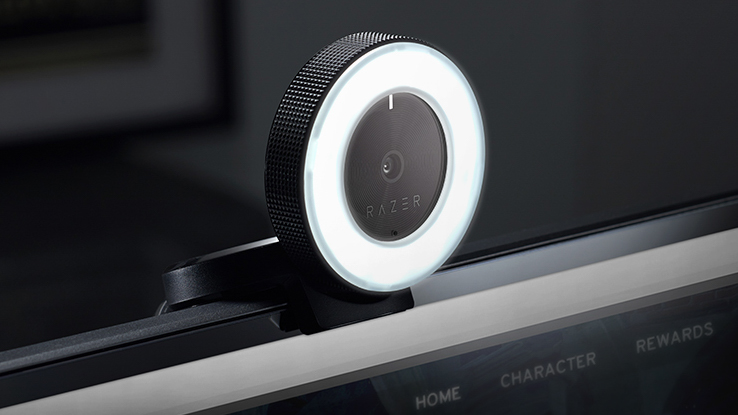
Verdict: Razer Kiyo
While it still has an official MSRP of $99 / £99, it's easy to find the Razer Kiyo listed for much less given its age, so you can snap one up for $65 / £65 these days, making it a great investment for anyone new to streaming or looking for a webcam that works well in dark rooms.
The color balance is more accurate than what you get with the Logitech C920 (another popular webcam for streamers on a budget), and its plug-and-play abilities mean you don’t have to worry about messing with any settings before you can start broadcasting. That said, if you have some extra cash to burn, the more powerful Razer Kiyo Pro will be a better option for those who want 1080p at 60FPS.
Read more
The best webcam
Best conference webcams
Best PTZ camera
The best camera for streaming
Best projection screens
Best film scanners
Best all-in-one printers
Jess writes about computing at Techradar, where she covers all aspects of Mac and PC hardware, including PC gaming and peripherals. While she loves all areas of computing tech, broadcasting and gaming-related hardware such as webcams, USB microphones, VR headsets and mechanical keyboards are certainly a special interest subject. You find her bylines at Creative Bloq and Space.com, and she has previously been interviewed by the BBC as an industry expert.
